
In 2024, California changed the fast-food world by raising the minimum wage to $20 an hour under Assembly Bill 1228, effective April 1, according to the California Department of Industrial Relations. This 25% jump affects chains with 60+ locations nationwide.
Since then, closures from Rubio’s Coastal Grill and others have sparked debate over the law’s true impact. Let’s take a closer look at how it all unfolded.
How California Made History with AB 1228

Assembly Bill 1228 is the first sector-specific minimum wage law in the U.S. It targets fast-food chains with 60 or more locations nationwide, covering about 500,000 workers in California. The law aims to improve wages and conditions, marking a major win for labor advocates.
A Law Born From Years of Hard Work
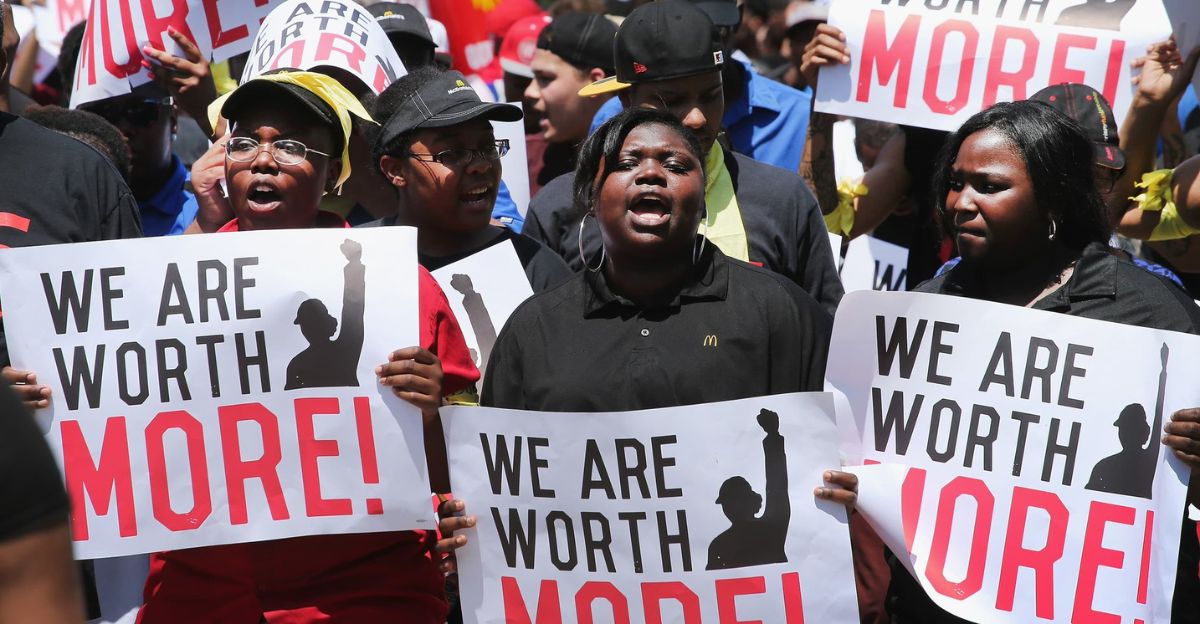
AB 1228 didn’t appear overnight. Years of worker advocacy and political talks paved the way. Governor Newsom signed it in September 2023, calling it a “remarkable moment” to honor workers’ sacrifices and bring stability to California’s fast-food industry after decades of struggle.
The Power Behind the Fast Food Council

The law created a Fast Food Council with real authority. It can recommend future wage hikes and set working standards. This council ensures ongoing oversight, keeping the fast-food sector regulated and responsive to worker and industry needs over time.
A Pay Hike Bigger Than Most States Have Ever Seen

Jumping from $16 to $20 an hour, the 25% wage surge marked one of the biggest single-step increases in U.S. history. Analysts say it wasn’t just a bump for inflation—it reshaped labor costs overnight and left many businesses scrambling to adjust.
Franchisees Struggle to Stay Afloat
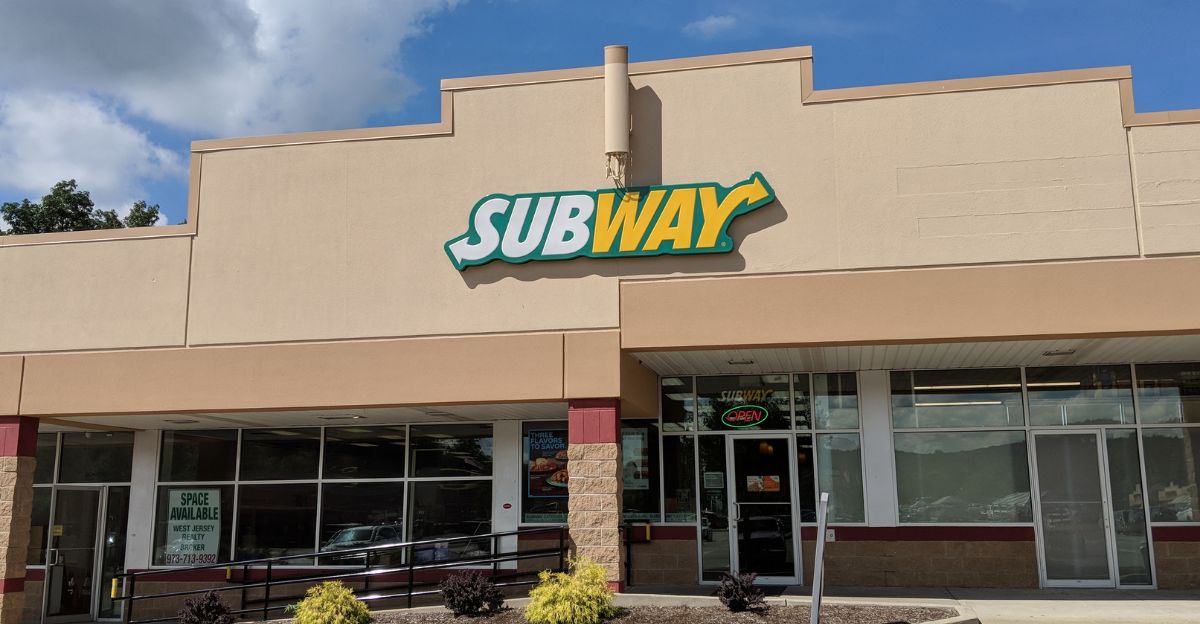
Most fast-food franchisees operate on profit margins below 10%. That made the sudden $4 hourly hike incredibly tough to absorb. Many operators faced hard decisions, especially with inflation, pandemic debt, and supply chain issues already weighing them down.
As the new wage law took effect, several major fast-food chains began scaling back their presence in California; together, they’ve shut down more than 1,000 locations across the state.
#1: Jack in the Box

Jack in the Box made headlines when it announced plans to close 150 to 200 stores. Most of those, up to 120, are suspected to be in California, where they have the majority of their US stores. The company said the closures were necessary to “maximize shareholder return” as rising labor costs hurt profits in key locations.
#2: Rubio’s

Rubio’s Coastal Grill closed 48 California locations on May 31, 2024. The company blamed “rising cost of doing business in California.” The timing, just two months after the wage law took effect, left little doubt. In June, Rubio’s filed for bankruptcy, deepening industry concerns.
#3: Subway
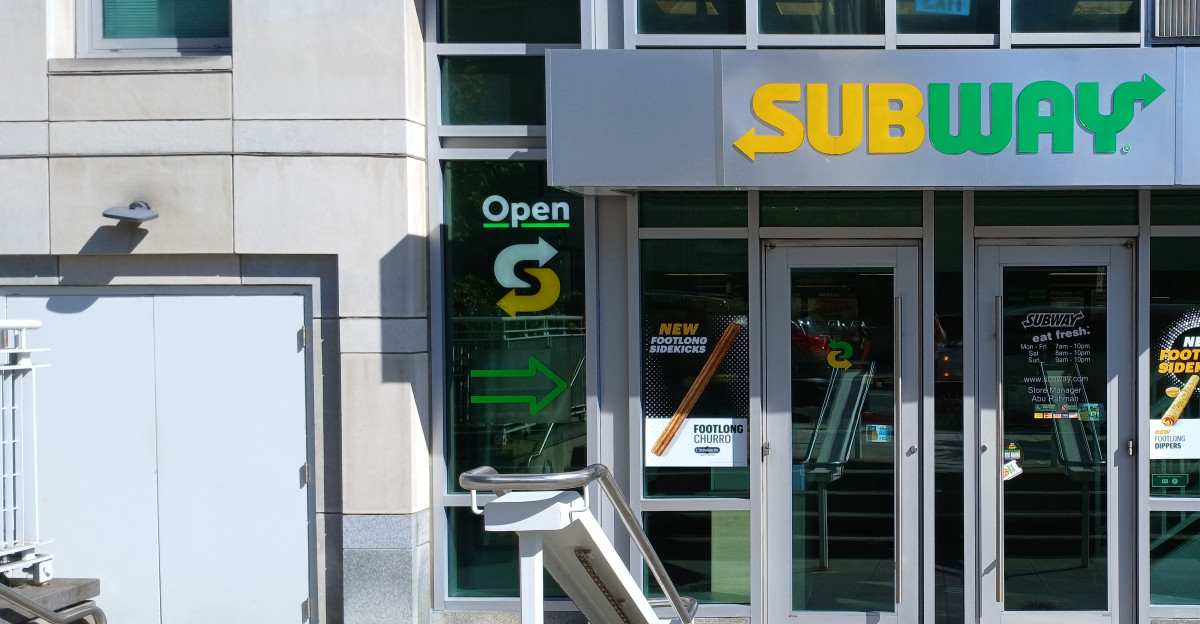
Subway closed 226 locations in California in 2024 alone. While not all closures were directly tied to the wage hike, the timing overlapped with broader financial pressures on franchisees already operating on razor-thin margins. Industry analysts say the chain’s retreat reflects ongoing struggles that wage increases may have further complicated for some operators.
#4: Shake Shack

Shake Shack closed six California locations on September 25, 2024, including sites in Oakland, Culver City, and LA neighborhoods like Koreatown and Silver Lake. While the company cited trade area changes, the timing closely followed the state’s wage hike. Credit card data also showed a sharp sales slowdown in Los Angeles, hinting at deeper financial pressure.
#5: Foster’s Freeze
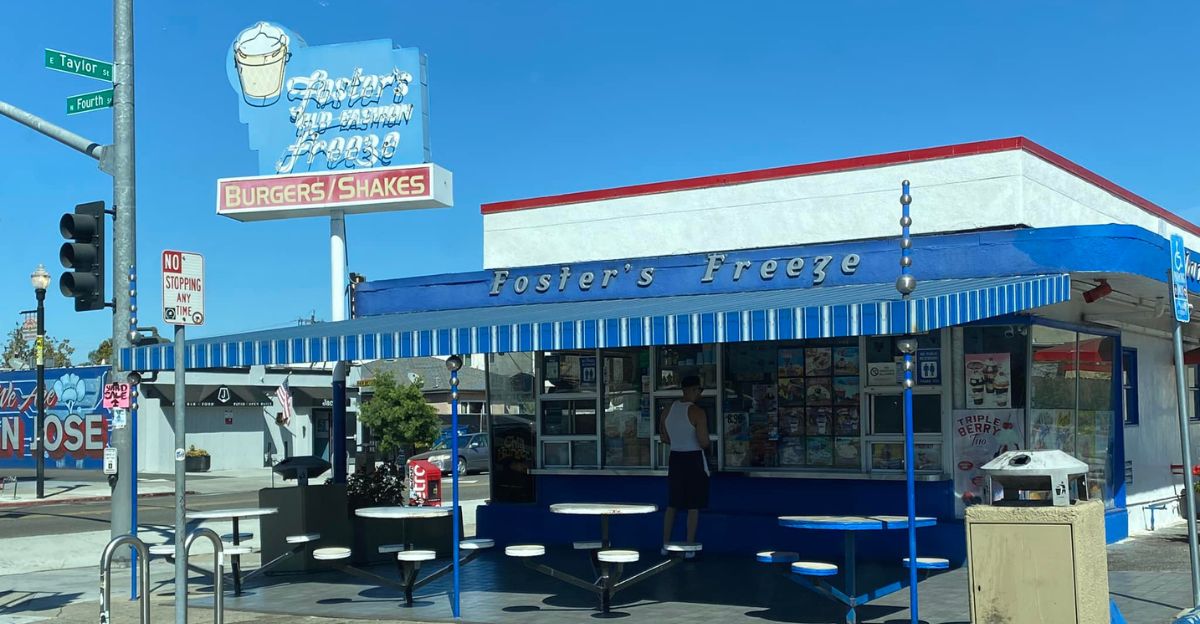
Foster’s Freeze shut down at least two California locations in 2024, both directly tied to the state’s $20 wage law. The Lemoore store closed on April 1, the day the law took effect, with staff learning only upon arrival. In August, the Clovis location followed, with the owner citing both wage pressures and a 20% rent spike.
#5: MOD Pizza
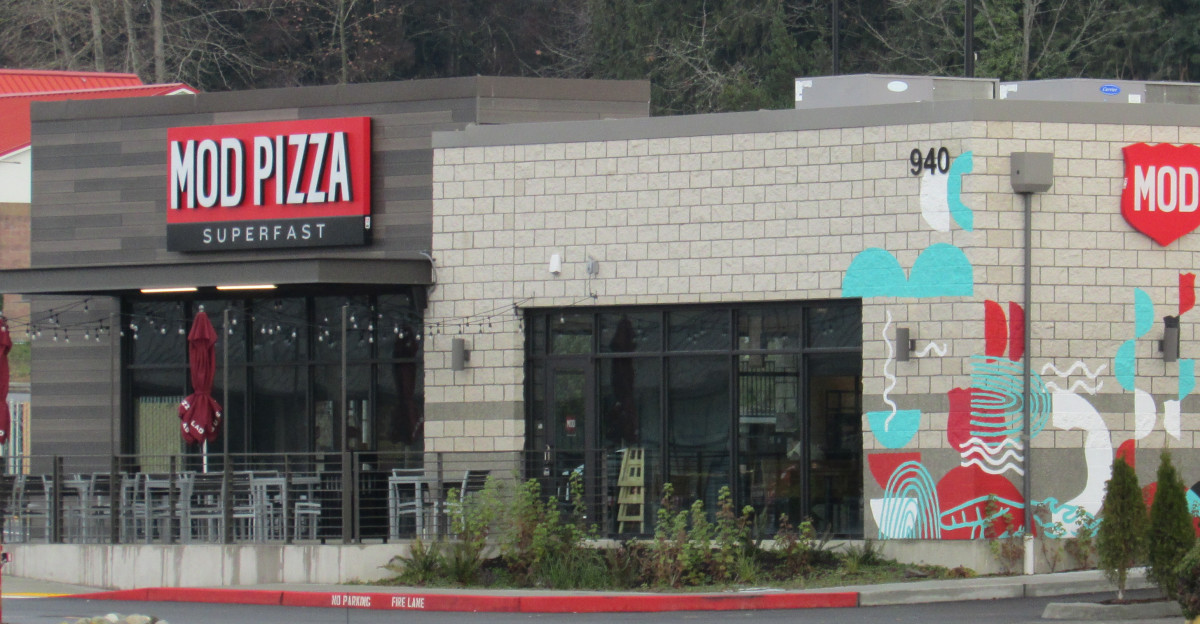
MOD Pizza shuttered five California locations in March 2024, just ahead of the state’s $20 minimum wage law taking effect. While the company cited underperformance as the main reason, CEO Beth Scott acknowledged rising wages were “a factor among many.” Employees at the Clovis site suspected the wage hike played a larger role.
The Other 600+ Closures
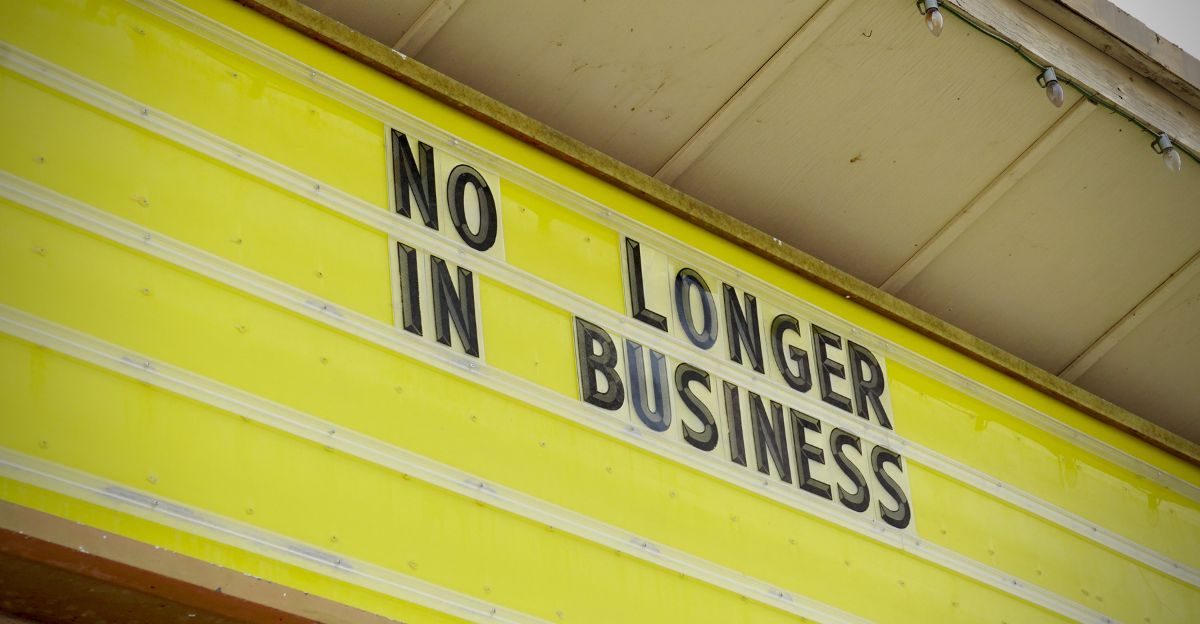
While major brands drew headlines, over 600 of California’s fast-food closures in 2024 came from smaller players. These included independent restaurants, small chains, and individual franchise locations that closed without significant media coverage. Many were mom-and-pop shops unable to absorb wage pressures, rent hikes, and post-pandemic financial strain.
Pizza Hut & Round Table Pizza
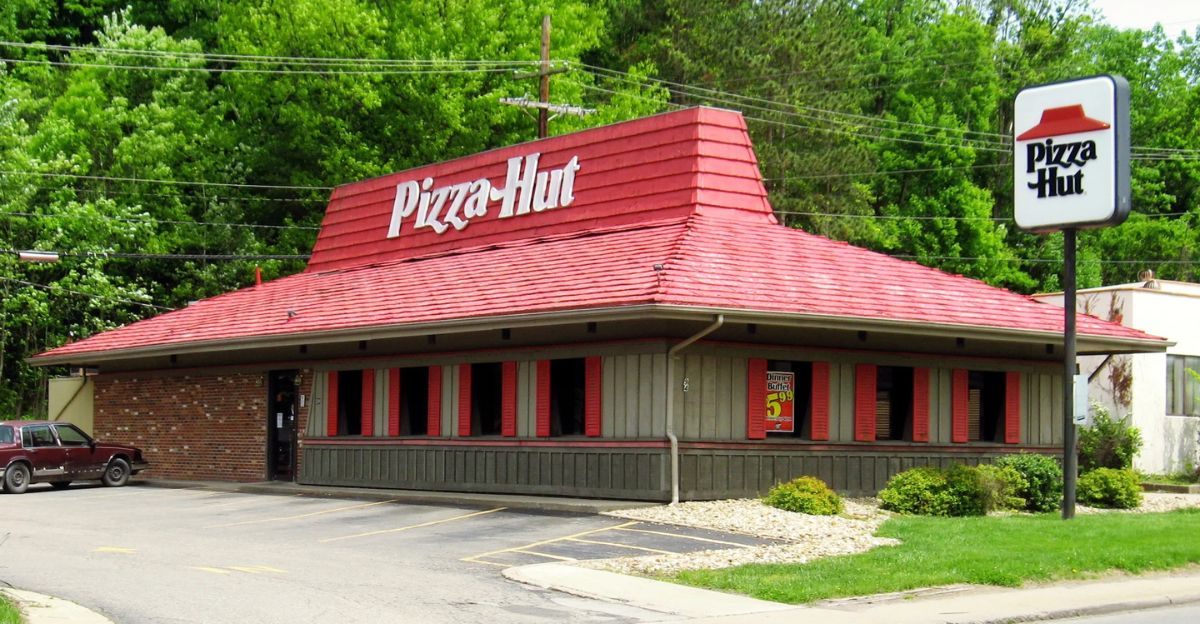
Not all impacts showed up as store closures. Pizza Hut franchisees slashed over 1,200 in-house delivery jobs, while Round Table Pizza cut 70 positions. Many brands dropped in-house delivery altogether, turning to third-party apps like DoorDash and Uber Eats to avoid rising labor costs tied to the wage hike.
Automation Becomes the New Normal
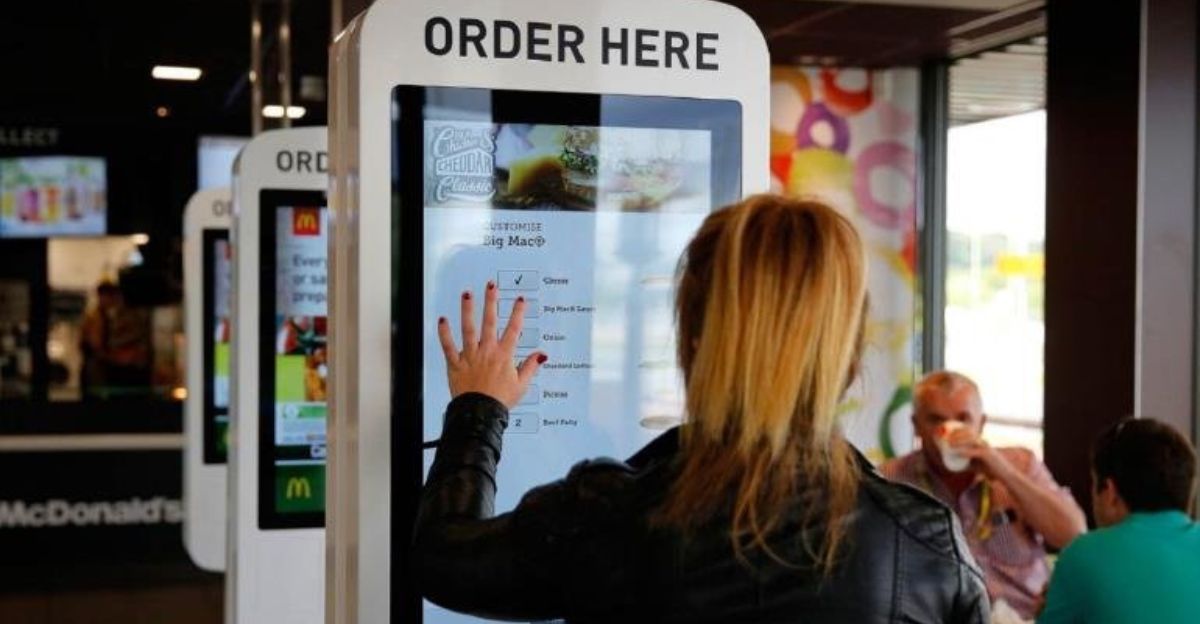
Once the wage law passed, many restaurants rushed to add automation. Kiosk maker GRUBBRR said demand was “off the charts.” Big franchisees like Harsh Ghai, who owns 180 stores, began rolling out self-order kiosks and testing AI-powered drive-thru systems to cut back on staffing.
Thousands of Jobs Disappear
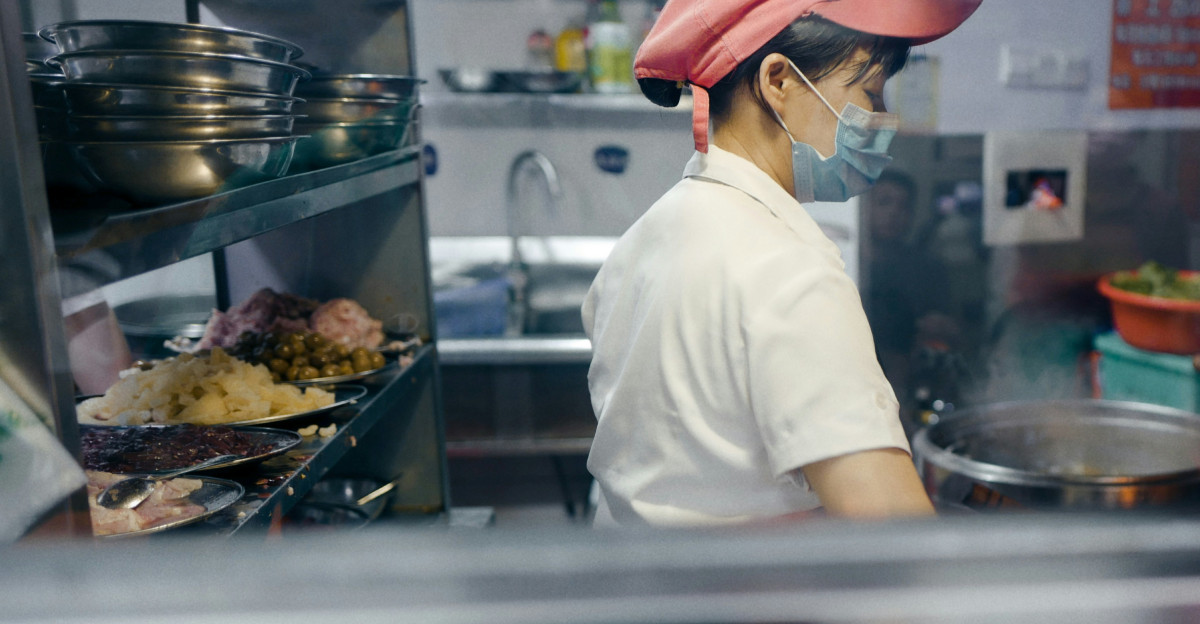
A study by the National Bureau of Economic Research found California’s fast-food sector lost about 18,000 jobs after the wage increase. It was the largest job drop seen in any minimum wage study to date. The Employment Policies Institute found 70% of restaurants also cut positions.
What Executives Are Saying
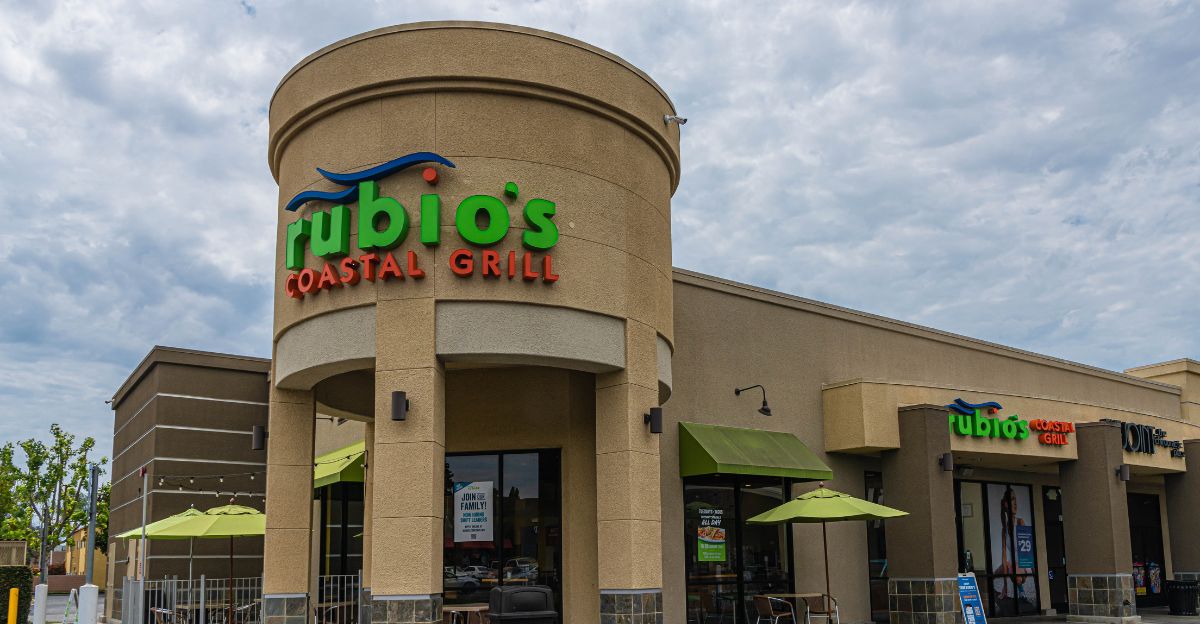
Rubio’s pointed to high operating costs in closure announcements. Pizza Hut franchisees cited the $20 wage hike when cutting 1,200 delivery driver jobs. Jack in the Box told investors its California shutdowns were part of a wider cost-control effort prompted by new wage rules.
Menu Prices Go Up
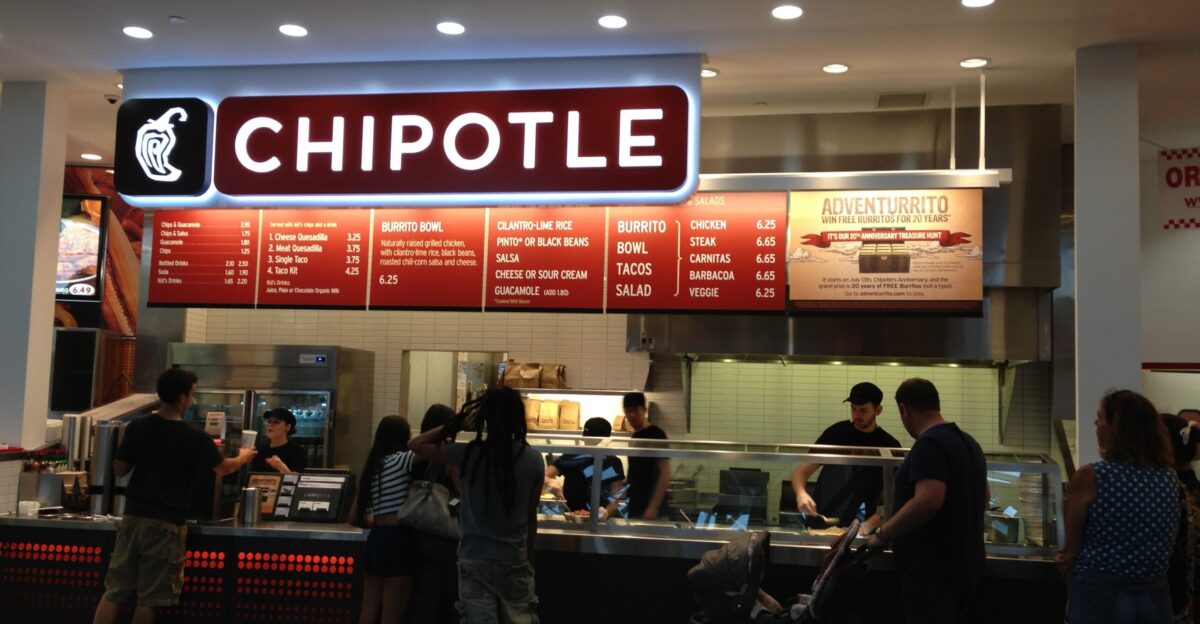
Fast-food prices in California rose 13.1% in 2024, nearly double the 7.2% national rate, according to Datassential. Chipotle raised prices 6–7% statewide, confirmed by CFO Jack Hartung, while Chick-fil-A prices jumped 10.6%, per Gordon Haskett. In April alone, 34.6% of menu items saw price hikes.
What Each Major Brand Lost
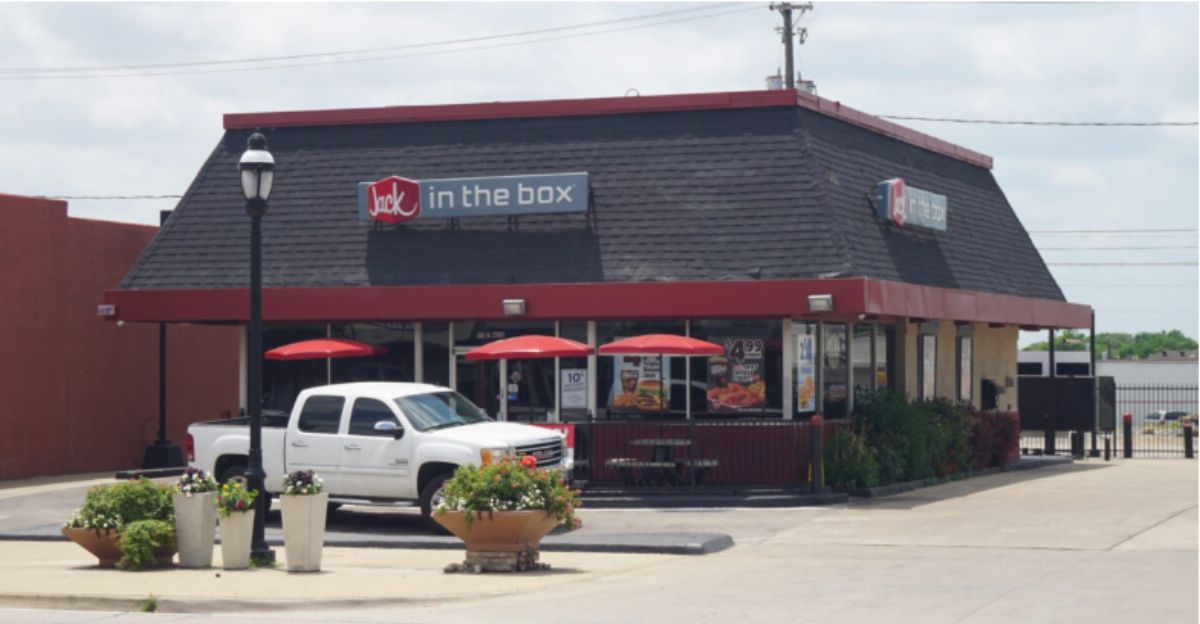
Here’s a quick recap: Jack in the Box closed up to 120 stores, Subway lost more than 200, Rubio’s shut down 48, Shake Shack closed 6, and Wendy’s cut at least 25 California locations. These brands made tough calls as labor costs changed how they operate.
A Look Ahead: What Comes Next?
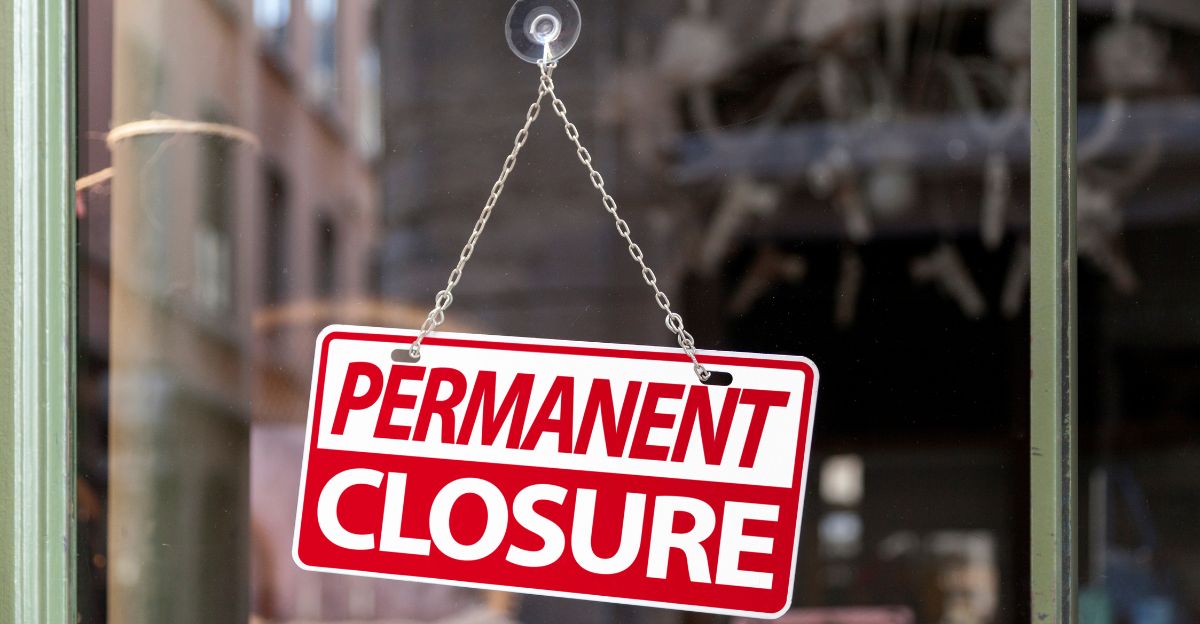
In just one year, California’s $20 wage law reshaped the fast-food world. Over 1,000 stores closed. Thousands lost jobs. Now, the state faces a future filled with automation, price hikes, and fewer restaurants. As new increases are debated, the big question is: Will more closures follow?
